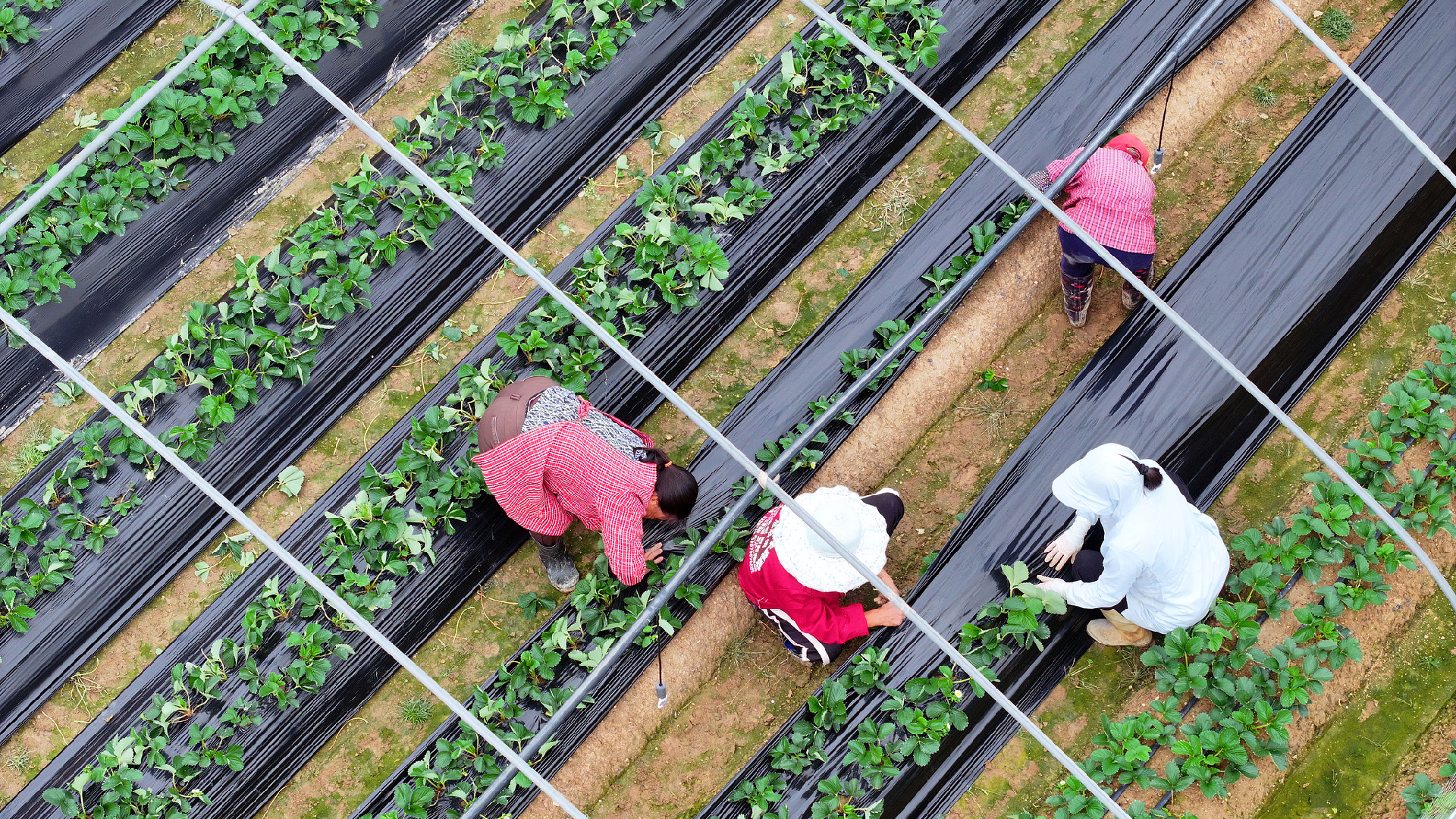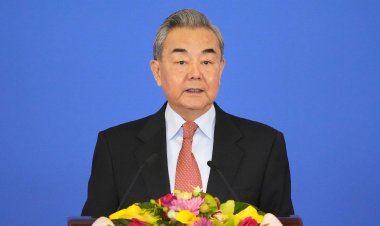Trade in agriculture aids in stabilizing China-US relations
The collaboration between China and the US in agricultural trade has been growing stronger and is anticipated to serve as a crucial factor in addressing bilateral trade disagreements, while also acting as a catalyst for stabilizing the relationship between the two nations.

The relationship between China and the US has faced significant tension in recent years, characterized by ongoing trade frictions. Nevertheless, the agricultural trade structure between the two nations exhibits significant complementarity, leading to increasingly frequent trade exchanges and communication.
Enhancing cooperation in agricultural trade is likely to be a pivotal factor in resolving bilateral trade disputes and stabilizing relations between China and the US.
***Complementary Agricultural Products Between China and the US***
As leading global "superpowers" in both the production and consumption of agricultural products, China and the US showcase a combination of competition and complementarity that creates a distinctive agricultural trade dynamic.
China, burdened by a large population, limited arable land, and relatively underdeveloped agricultural technology, faces significant challenges in meeting domestic agricultural demand. This supply-demand imbalance necessitates China leveraging international markets to address growing domestic needs. Conversely, the US, characterized by extensive production capabilities, efficient agricultural technology, and wealth of export experience, holds a crucial role in international agricultural trade.
The agricultural trade interaction between China and the US has implications that extend beyond the two nations' economic interests, impacting the stability and growth of the global agricultural market.
In the first half of 2024, the US emerged as China's primary agricultural export market and the second-largest agricultural import market. Analyzing the product structure of bilateral trade reveals a strong complementarity between agricultural exchanges.
China's agricultural exports to the US typically include labor-intensive goods, such as aquatic and horticultural products. Meanwhile, US agricultural exports are predominantly land-intensive, focusing on grains, feed, and meat. Soybeans, in particular, are vital to the agricultural trade dynamic, with a stable supply chain being strategically essential for both countries’ agricultural progress and economic stability. China's soybean imports have consistently increased, indicating substantial potential for collaboration in soybean trade.
***Deepening Agricultural Trade Cooperation***
Trade exchanges in agricultural products between China and the US have become increasingly frequent in recent years, characterized by heightened communication and strengthened partnerships. Notably, in 2023, Chinese Ambassador to the US Xie Feng participated in the China-US Sustainable Agricultural Trade Forum, emphasizing the role of agricultural trade as a stabilizing element in economic and trade cooperation.
During the recent China International Import Expo, participants in the US Pavilion forged cooperation agreements totaling over $711 million, surpassing last year's record of $505 million, representing a 41 percent increase from the previous year.
At the concurrently held China-US Agricultural Trade Cooperation Forum, delegates from both nations expressed a strong commitment to collaboration. The multi-billion-dollar contract-signing ceremony underscored the efficacy of ongoing agricultural dialogue and the necessity of trade cooperation for both sides.
Continued breakthroughs in agricultural trade between China and the US not only have significant implications for addressing bilateral trade frictions, but also play a crucial role in stabilizing the relationship between the two countries.
***Future Outlook: Seeking Common Interests for Mutual Development***
Today's world is experiencing unprecedented changes, yet peace and development remain central themes. Despite the challenges, China and the US have navigated their economic and trade relations through various trials. Their highly complementary economic structures, interlinked national interests, and close ties in bilateral economic cooperation present opportunities for collaboration, aiming for shared goals while respecting differences.
Rather than viewing the situation as a zero-sum rivalry, the relationship between China and the US can be seen as mutually beneficial and focused on win-win outcomes. As the US undergoes a transition in leadership, the new administration should consider collaborative efforts with the Chinese government and populace. By pursuing a mutually beneficial strategy for global economic development, both countries can work towards stable economic and trade relations. They should embrace their responsibilities as major global players, mitigate the adverse effects of trade friction, and promote extensive economic cooperation that enhances global food security and agricultural price stability, benefitting all nations involved.
Sophie Wagner for TROIB News
Find more stories on Business, Economy and Finance in TROIB business












